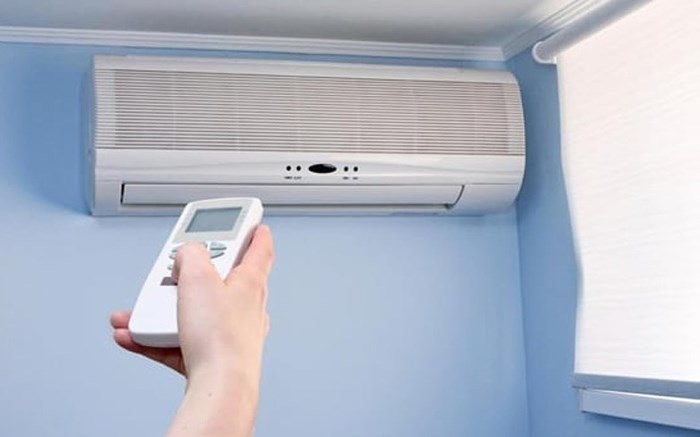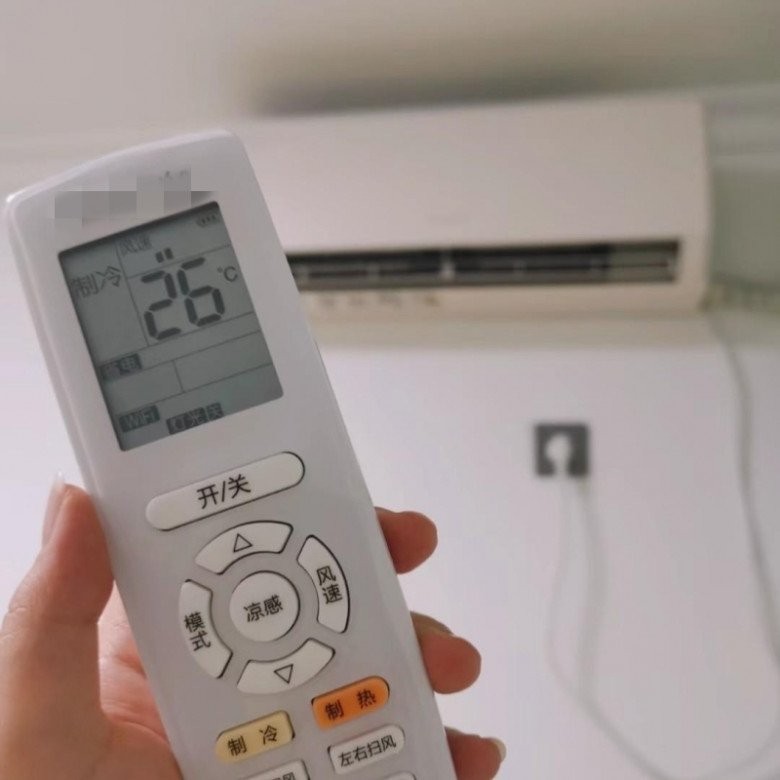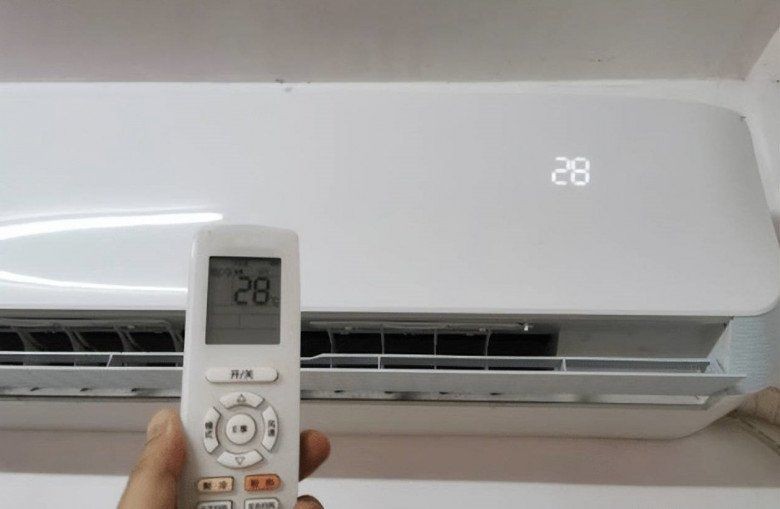Air conditioners are a must-have during hot summers for many families, especially those with young children and elderly members. When turning on the AC, the temperatures 26 °C and 28 °C are the most commonly used settings, but do you know which temperature is more energy-efficient and healthier?

Which temperature is healthier when setting the AC to 26 °C or 28 °C?
Many people believe that setting the AC to 26°C is more comfortable and energy-efficient. However, this is incorrect. The ideal temperature range for comfort during the day is between 24 °C and 27 °C. But at night, setting the AC to 26 °C is not suitable as the outdoor temperature changes, following three different phases.
From 10 p.m. to 12 a.m., the human body temperature is relatively high due to daily activities. The AC should be set to 26°C during this time. However, between 2 and 3 a.m., as the outdoor temperature drops and we enter a deeper sleep, our body temperature lowers slightly, and you may start feeling cold at 26°C.
And from 4 a.m. to 6 a.m., we will feel extremely cold if the AC is still set to 26°C, affecting our sleep quality. Additionally, without a blanket, we are more prone to catching a cold and experiencing symptoms like a stuffy nose, joint pain, dizziness, and body weakness.

Tests have shown that setting the AC to 28°C is the most comfortable and healthiest option as the temperature is neither too high nor too low. Even if you sleep without a blanket, you won’t feel cold.
In fact, during the day, setting the AC to 28 °C is also better than 26 °C. This is because the temperature difference between indoors and outdoors is not too significant, preventing thermal shock for the body.
Which temperature is more energy-efficient when choosing between 26 °C and 28 °C?
From an energy-saving perspective, 28 °C is the more efficient option. Research shows that the lower the set temperature, the more electricity the AC consumes. Increasing the temperature by just 1°C during cooling can save 6-10% of electricity.
To prove this, a study compared the electricity consumption of an AC set to 26 °C and 28 °C for two consecutive days, with the AC running continuously for 8 hours each day. The results showed that the day with the AC set to 28 °C saved 10% more electricity than the day it was set to 26 °C.

Of course, energy savings are not just about increasing the AC temperature. You also need to consider factors such as the room’s insulation, direct sunlight exposure, foot traffic in and out of the room, and whether the AC unit is appropriately sized for the room’s area.
If your room receives direct sunlight, you may need to lower the temperature to feel comfortable. Additionally, if you cook at home or use other heat-generating appliances, these activities will add to the AC’s workload. Therefore, considering these factors is essential for true energy savings.
According to Nguoiduatin






































